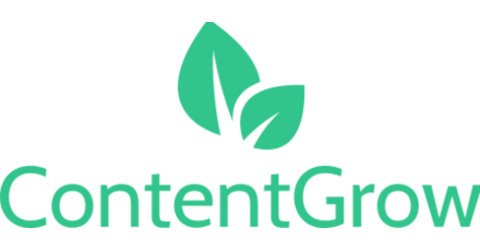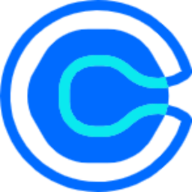Adobe Express reveals the best time to post on Facebook
Based on billions of posts, Adobe Express identifies the hours and days that drive peak Facebook engagement
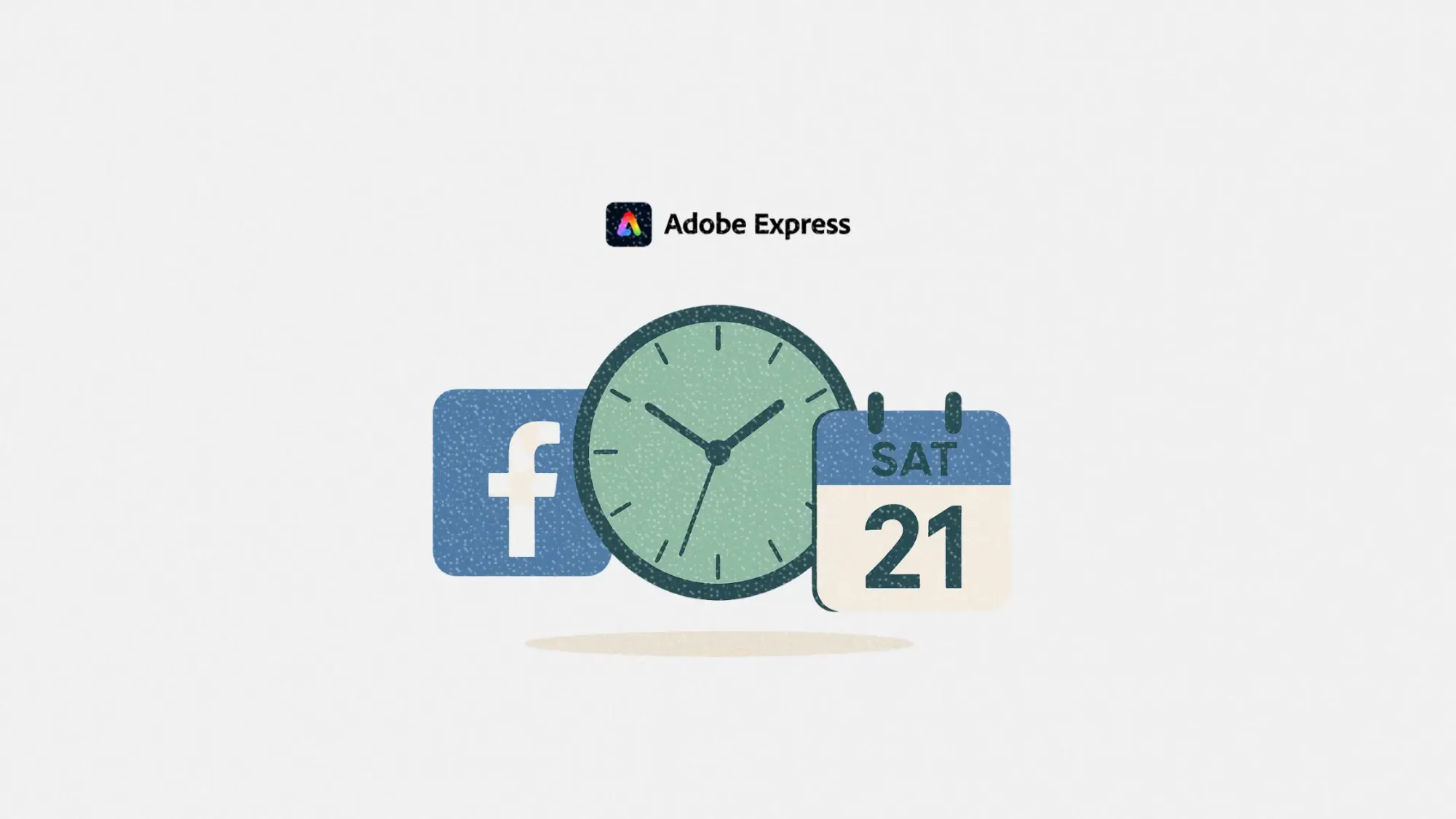
A new timing study from Adobe Express is giving marketers and creators hard numbers to back their Facebook content strategies. After analyzing over 40,000 posts from the top 100 Facebook creators on Social Blade, Adobe has pinpointed the exact hours and days that drive maximum engagement.
For brands chasing likes, shares, or sheer visibility, this data goes beyond theory. It breaks down when Facebook audiences are actually most active and responsive, helping content planners move from guesswork to tactical precision.
This article dives into the timing trends uncovered in the study, what they reveal about audience behavior, and how marketers can use these insights to drive results.
Short on time?
Here’s a table of contents for quick access:
- Posting frequency: what top creators are doing
- When posts get the most engagement
- Hours with the highest average views
- Should you follow peak posting trends?
- What marketers should know

Posting frequency: what top creators are doing
According to the data, Thursday is the most popular day to post on Facebook, with nearly 1 in 6 posts going live that day. But the real surprise? Saturday, despite being the least used upload day, delivers the best engagement and view metrics.
Midday seems to be a sweet spot in terms of posting behavior. Around 12 p.m. saw the highest post volume, with 7% of uploads happening during the lunch window. Meanwhile, posting activity drops off between 1 a.m. and 3 a.m., where fewer than 3% of posts appear. That makes early morning hours a potential opportunity to stand out.
When posts get the most engagement
While most content goes live during the week, the best engagement actually happens on Saturdays. Posts shared on Saturdays earned an average of 51,600 combined likes, shares, and comments. Friday and Sunday followed with 41,100 and 42,100 respectively.
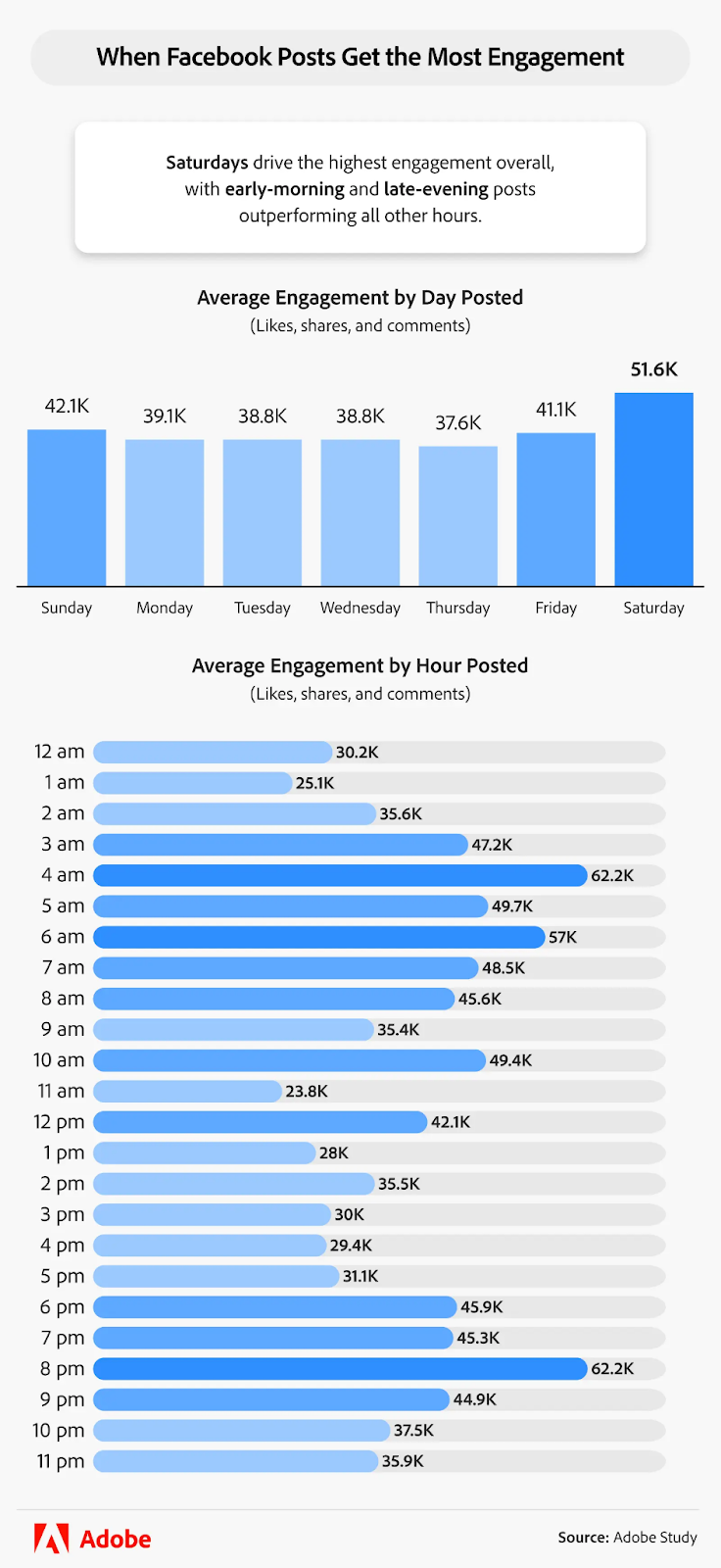
Time-of-day matters too. Posts published around 4 a.m. and 8 p.m. performed especially well, showing that both early risers and evening scrollers are highly engaged segments.
Hours with the highest average views
For creators and brands chasing reach, view counts are the metric to watch. Again, Saturdays lead the pack, with average views reaching 1.9 million per post. But it's not just about the day, it’s about the hour.

Posts scheduled for 4 a.m. and 12 p.m. earned a whopping 3 million views on average. This suggests early birds and midday browsers are prime audiences to catch. These insights could be key for marketers looking to maximize ROI on Facebook video and visual content.

Should you follow peak posting trends?
You might think that posting when everyone else does would make your content easier to miss. Not so, according to this study. In fact, posts published during the most popular hours earned more engagement than off-peak uploads.
So while originality still counts, leaning into high-traffic windows may actually boost visibility instead of burying it. This insight flips the usual logic and offers a strategic opportunity for brands to post when the algorithm is already warmed up.
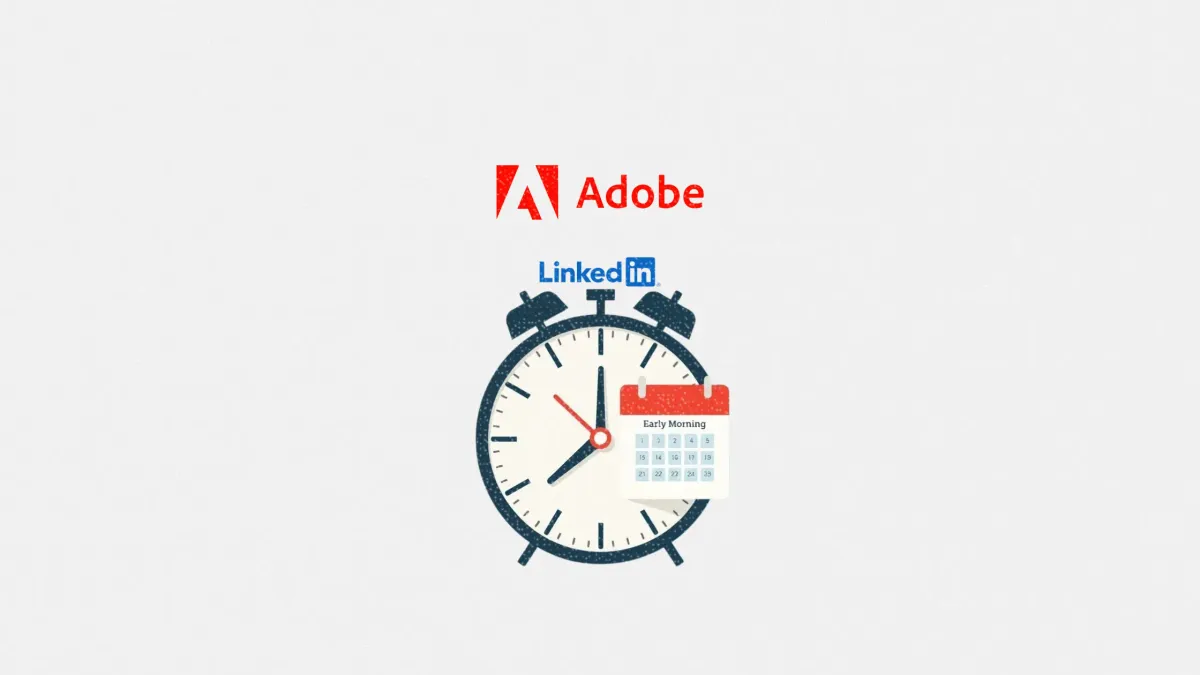
What marketers should know
If you're building a content calendar or fine-tuning your Facebook strategy, here’s how to use this data smartly:
1. Treat weekends like gold
Even though fewer creators post on weekends, Saturday is a clear winner for both engagement and reach. If you're not publishing then, you’re missing a major opportunity.
2. Don’t ignore offbeat hours
Posting at 4 a.m. might feel counterintuitive, but the data shows it works. Use a content scheduler to test this window and catch the early risers or hit international audiences.
3. Noon still rules for a reason
The lunch break scroll is real. Midday content still dominates in post volume and performs well across content types. Make it part of your recurring schedule.
4. Ride the crowd, but stay strategic
The study suggests that crowding isn't always a bad thing. If your content is strong, posting during peak hours can actually help it surface when engagement is already high.
5. Use smart tools to time it right
Platforms like Adobe Express offer built-in scheduling and brand kits to streamline this process. Marketers should use these tools to plan consistently around proven time windows.
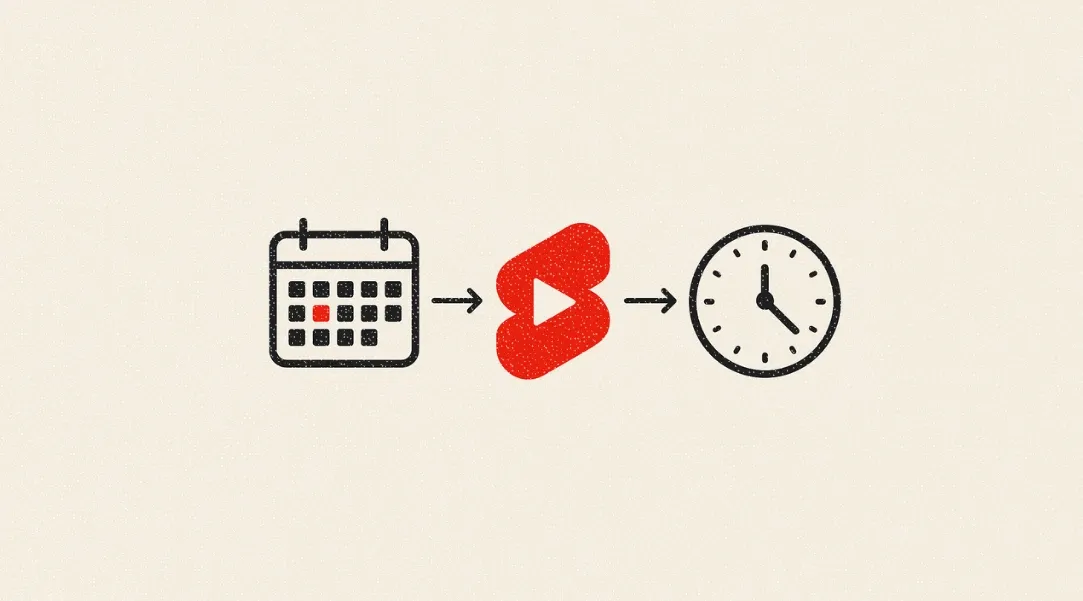
Facebook’s algorithm may remain a black box, but audience behavior doesn’t have to be. This timing study gives marketers a tactical edge: post when the people are paying attention.
By aligning your content schedule with proven engagement windows, especially on weekends and during key hours, you can boost performance without burning extra budget.
The bottom line? Don’t just post more. Post smarter.
